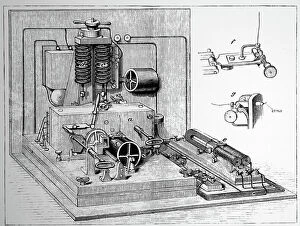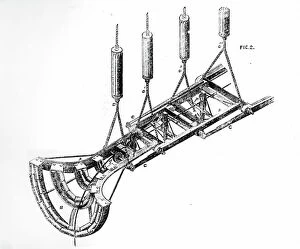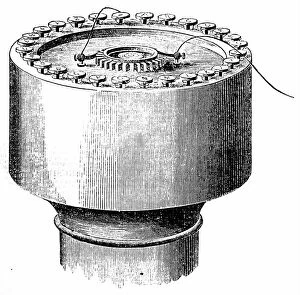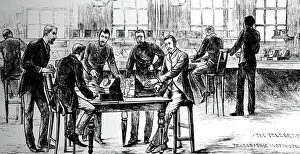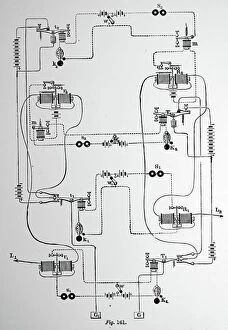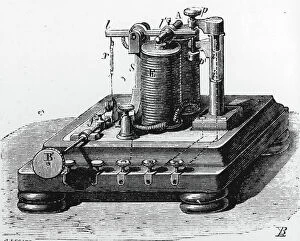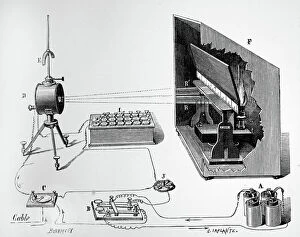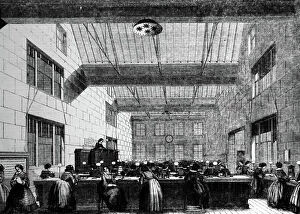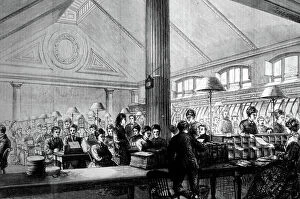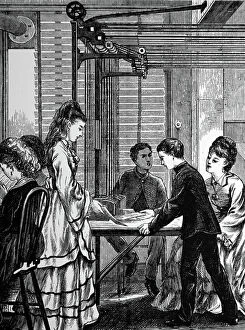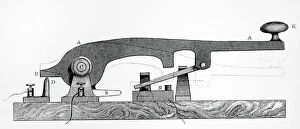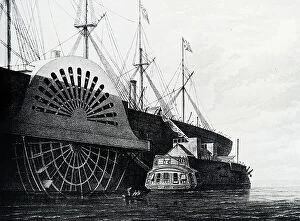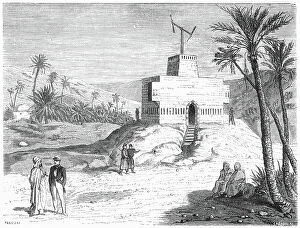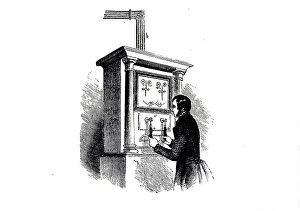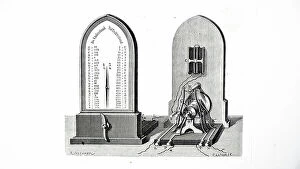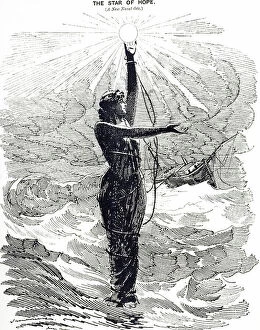Telegraph Collection (page 5)
"Connecting the World: The Telegraph's Timeless Legacy" Main Street, Salisbury, North Carolina, USA - where the telegraph brought news from afar to this bustling town
All Professionally Made to Order for Quick Shipping
"Connecting the World: The Telegraph's Timeless Legacy" Main Street, Salisbury, North Carolina, USA - where the telegraph brought news from afar to this bustling town. Step into the printing room of the Daily Telegraph in 1900 and witness the birth of mass communication. Discover the grand entrance to Cal-Neva Lodge in Nevada, USA - a place where telegrams carried messages of excitement and anticipation. Bank and shops in Wilkes-Barre, Pennsylvania, USA - witness how telegraph lines transformed commerce and connected businesses across states. Travel back to the 1890s with an advert for Camp Coffee - a product that reached households through telegraphic promotions. Experience the hustle and bustle at Kings Cross station in London during British Railways' golden era (c1949-1950) when telegraphs kept trains on track. Unveil history through front pages of Daily Telegraph during WW1 (1914, 1918, and 1919), showcasing how vital telegraphs were for reporting war updates. Station Road in New Milton, Hampshire takes you on a journey down memory lane as you imagine telegram deliveries shaping local lives. Witness greatness as Great Eastern lays transatlantic telegraph cables – connecting continents like never before. Meet trailblazing women like our female telegraph operator from 1910 who shattered gender norms while transmitting important messages worldwide. Stand tall beside Orford Ness Lighthouse in Suffolk – guarding against maritime perils while serving as a beacon for crucial coastal communications via telegram. Early fire brigade street alarm reminds us how rapid communication through telegraphs saved lives by summoning help swiftly when disaster struck. In every corner of the world—from small towns like Salisbury to bustling metropolises—telegraphs have left an indelible mark on human history by bridging distances, connecting people, and shaping the way we communicate.

